I am working on reading container code using an IP Camera and I came across @dhanushka's gradient based method for text detection and I've been successful with it as you can see below...
bool debugging = true;
Mat rgb = imread("/home/brian/qt/ANPR/images/0.jpg", 0);
if(debugging) { imshow("Original", rgb); }
Mat grad;
Mat morphKernel = getStructuringElement(MORPH_ELLIPSE, Size(3, 3));
morphologyEx(rgb, grad, MORPH_GRADIENT, morphKernel);
if(debugging) { imshow("gradient morph", grad); }
// binarize
Mat bw;
threshold(grad, bw, 0.0, 255.0, THRESH_BINARY | THRESH_OTSU);
if(debugging) { imshow("threshold", bw); }
// connect horizontally oriented regions
Mat connected;
morphKernel = getStructuringElement(MORPH_RECT, Size(10, 1));
morphologyEx(bw, connected, MORPH_CLOSE, morphKernel);
if(debugging) { imshow("horizontal regions morph", connected); }
// find contours
Mat mask = Mat::zeros(bw.size(), CV_8UC1);
vector<vector<Point> > contours2;
vector<Vec4i> hierarchy;
vector<Rect> txtRect;
vector<vector<Point> > txtContour;
findContours(connected, contours2, hierarchy, CV_RETR_CCOMP,
CV_CHAIN_APPROX_SIMPLE, Point(0, 0));
// filter contours
for(int i = 0; i >= 0; i = hierarchy[i][0]) {
Rect rect = boundingRect(contours2[i]);
Mat maskROI(mask, rect);
maskROI = Scalar(0, 0, 0);
// fill the contour
drawContours(mask, contours2, i, Scalar(255, 255, 255), CV_FILLED);
// ratio of non-zero pixels in the filled region
double r = (double)countNonZero(maskROI)/(rect.width*rect.height);
/* assume at least 45% of the area is filled if it contains text */
if (r > .45 && (rect.height > 10 && rect.width > 10)) {
rectangle(rgb, rect, Scalar(0, 255, 0), 2);
txtRect.push_back(rect);
txtContour.push_back(contours2[i]);
}
}
if(debugging) { imshow("Characters", rgb); }
Mat text(rgb.size(), CV_8U, Scalar(255));
drawContours(text, txtContour, -1, Scalar(0), FILLED, 4);
if(debugging) { imshow("Detected Text", text); }
 Step 0: Original Image
Step 0: Original Image
 Step 1: Morphological gradient
Step 1: Morphological gradient
 Step 2: Binarized image
Step 2: Binarized image
 Step 3: Horizontally oriented regions
Step 3: Horizontally oriented regions
 Step 4: Detected Text
Step 4: Detected Text
 Step 5: Extracted Text
Step 5: Extracted Text
The problem is that I have failed to properly extract the detected text so that I can use it in OCR to get the result BSIU225378.
The text I managed to extract is coming from the horizontal connected regions and its unusable for orc, is there a way I can extract text say from the binarized (threshold) image using the contours I found in the horizontal connected regions?